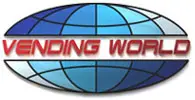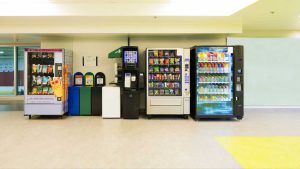The amount of untreated waste has increased at an alarming rate creating significant demand for various recycling solutions such as reverse vending machines. The reverse vending machine market can be segmented based on product type, machine use, capacity, end-use, and regions. In terms of product type, the market can be divided into metal recycling, plastic bottle recycling, and multifunction recycling. Based on machine use, the reverse vending machine market can be classified into commercial, industrial, and residential.
In terms of capacity, the market can be categorized into less than 200 (cans or bottles), 200 – 300 (cans or bottles), 300 – 600 (cans or bottles), and more than 600 (cans or bottles). Based on end-use, the market can be segmented into distributors, retailers, municipalities, and beverage industries.
The reverse vending machine market can be categorized as a broader industry for waste sorting, gathering, and recycling. The service amount depends upon the machine’s volume and age, wherein higher volume machines require longer servicing cycles. Technological advancements in reverse vending machines such as video recognition systems, touch panels, and smart card vouchers is expected to enhance the user experience.






